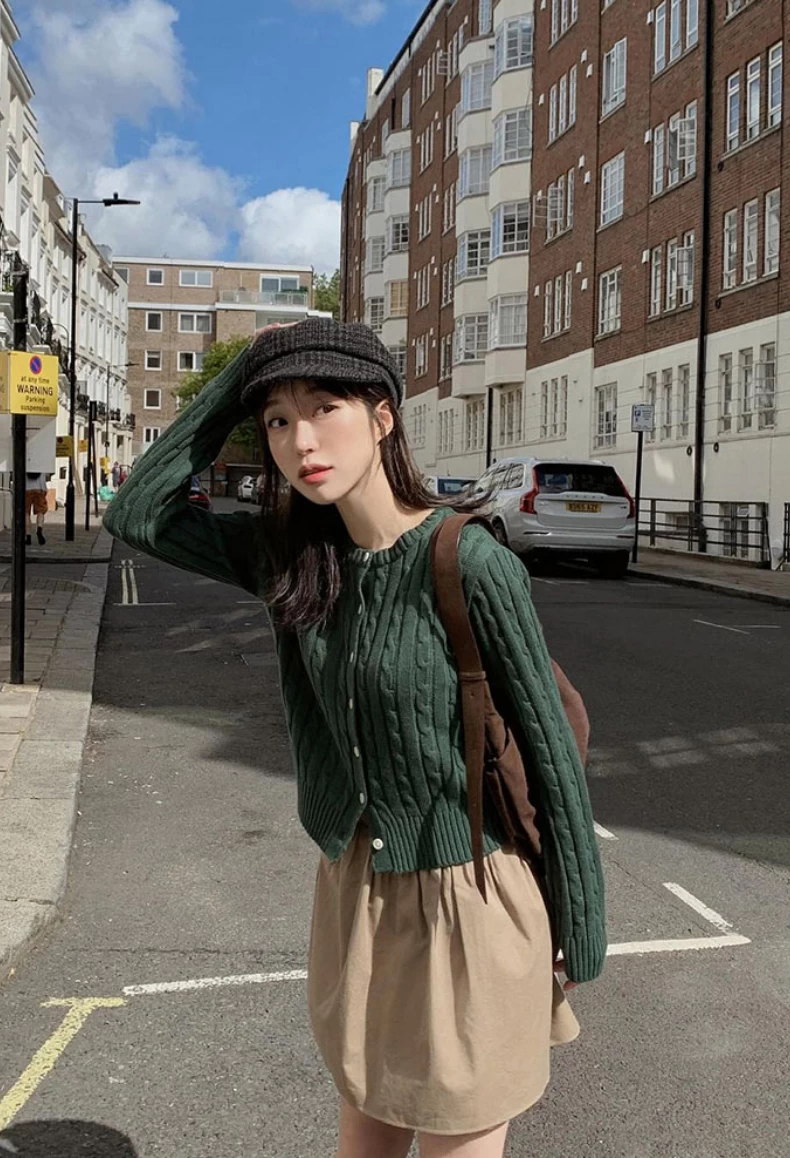The “26-degree clothing method” is a clever approach to tackling unpredictable weather. It’s a strategy that’s been circulating online, offering a formula for dressing stylishly and comfortably, no matter the temperature fluctuations.

This method is especially useful for dealing with fluctuating winter temperatures, as it helps you maintain a comfortable body temperature.
What is the 26-Degree Clothing Method?
The 26-Degree Clothing Method is a clever way to dress for the weather. It involves choosing outfits that make you feel as warm as if you were in a 26-degree Celsius environment. In simpler terms, each garment has its own reference temperature. For instance, a thick coat might be rated at 9 degrees, a thin sweater at 3 degrees, and a long-sleeved T-shirt at 1 degree. Since 26°C is the ideal temperature for human comfort, the goal is to select clothes that collectively create this pleasant environment for your body.
The formula is: 26 degrees – ambient temperature = required clothing temperature
For example, if today’s temperature is 20°C, you’d calculate 26-20=6. This means you should wear clothes that increase your body temperature by 6°C. So, you could wear a cotton shirt (+1°C) and a thick coat (+5°C), resulting in a comfortable 26°C (20°C+ 1°C+5°C). This method ensures you stay at this ideal temperature.
Keep in mind that everyone’s sensitivity to temperature varies, so you may need to adjust the layers according to your personal preference.

This method is based on the ideal human comfort temperature of 26 degrees Celsius, helping you determine the necessary clothing temperature.
A Taiwanese media outlet tested this theory by dressing two individuals according to these temperature guidelines. The results? Their body temperatures were recorded at 26.7 and 25.8 degrees Celsius, respectively, validating the effectiveness of this clothing temperature calculation method.
Temperature Values for Different Types of Clothing
Here’s a breakdown of the temperature values for various garments to help you choose your outfits wisely:
– Long-sleeved T-shirt/long pants/skirt/long-sleeved dress = 1°C
– Shirt/turtleneck = 2°C
– Knit sweater/knit vest/thin sweater/thin hoodie = 3°C
– Blazer/cardigan/knit hat/scarf/gloves/thick sweater = 4°C
– Trench coat/puffer jacket = 5°C
– Thermal underwear/thin down jacket = 6°C
– Long coat = 7°C
– Thick down jacket = 9°C
+1~3°C: Cotton, Knits, and Thin Windbreakers
For temperatures ranging from 20 to 25°C, opt for lightweight and breathable fabrics such as cotton, knitwear, thin windbreakers, and sheer fabrics. Layer these with long-sleeved shirts and blouses. When indoors, a light cotton shirt is sufficient, but don’t forget to grab a knit layer or a windbreaker when stepping outside.

In temperatures above 20 degrees Celsius, a lightweight knit sweater paired with a short skirt can keep you cozy and chic. Complete the look with a pair of boots to stay stylish and warm.
+4~6°C: Thick Sweaters, Coats, and Puffer Jackets
As temperatures dip below 20°C, some might reach for a hot water bottle. However, you can achieve the same warmth by strategically layering your clothing. Try combining a long-sleeved T-shirt, a shirt, and a puffer jacket. Don’t forget to choose a jacket with a hood to protect your head from chilly winds and dropping temperatures.

When temperatures fall below 20 degrees Celsius, it’s time to embrace the art of layering.
+7~9°C: Long Duster Coats and Thick Outerwear
If you’re facing a cold snap or temperatures as low as 15°C, a long, thick duster coat can be your best friend. It can increase your body temperature by 7 degrees Celsius. Alternatively, opt for a thick, windproof, and insulating jacket to boost your warmth by 9 degrees Celsius. For this, you can wear thermal underwear, a comfortable thin layer, and finally, a thick, insulating outer layer.

When temperatures dip below 15 degrees Celsius, thick coats, sweaters, and wind-resistant fabrics become essential to shield you from the cold.
3 Rules for Looking Good and Staying Warm in Winter
– Inner Layer: Opt for thin and comfortable fabrics.
– Middle Layer: Choose insulating and warming garments.
– Outer Layer: Go for windproof and protective clothing.
Now that you understand these methods, you can skillfully combine outfits based on the day’s weather and temperature. Remember, this approach is a guideline, and fabric types and individual temperature preferences may vary.






























